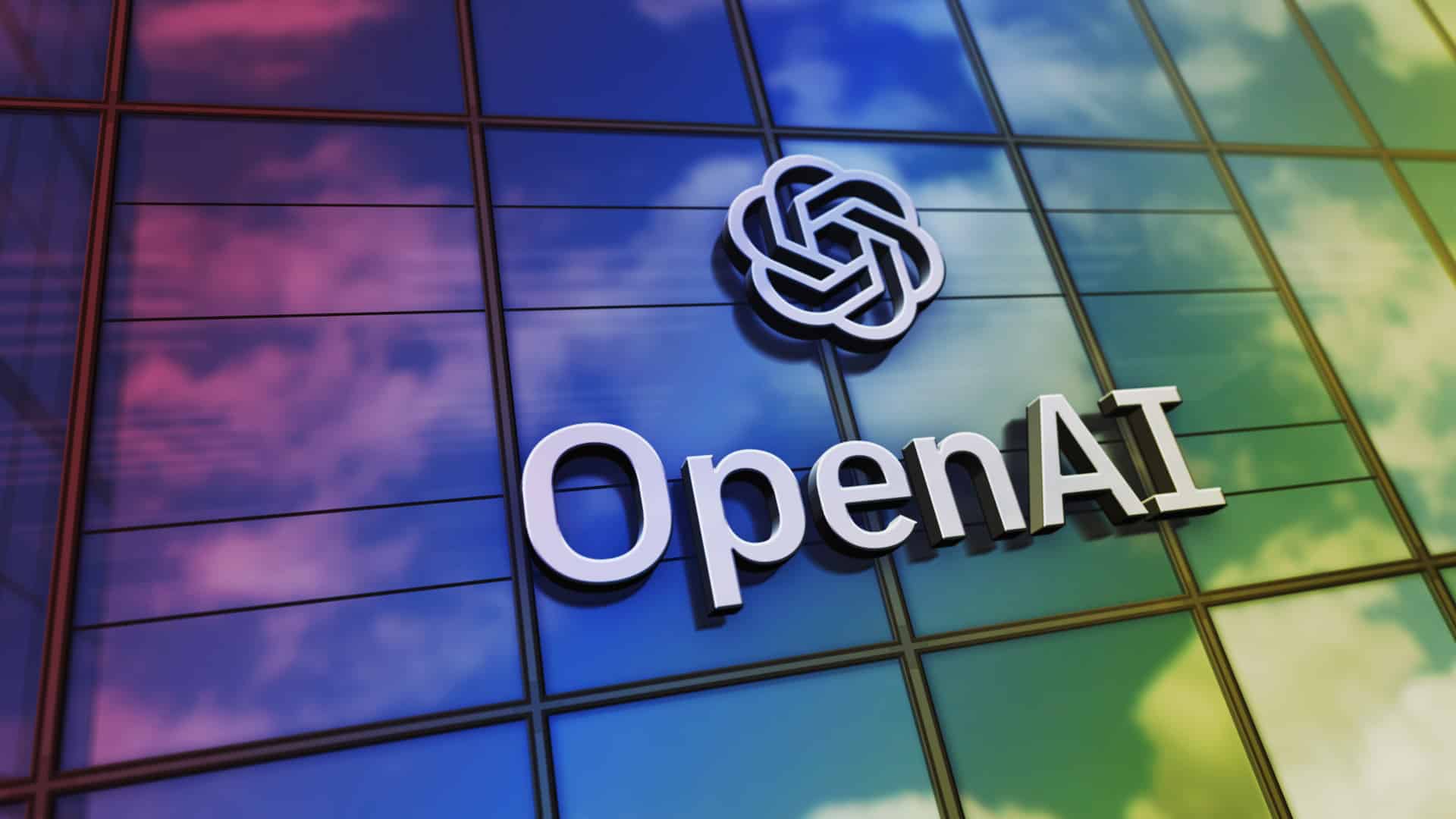GPT-5: What to Expect from OpenAI’s Next-Generation AI Model
OpenAI is poised to make waves again with the highly anticipated release of its next-generation language model, GPT-5. Following the groundbreaking success of GPT-4 and the revolutionary ChatGPT, this new model is generating significant buzz among tech enthusiasts and industry experts. So, what can we expect from GPT-5, and how will it change the landscape of artificial intelligence?
Early Testers Reveal Promising Capabilities
While the official launch date for GPT-5 remains unconfirmed, Reuters has spoken to a select few individuals who have had the privilege of testing the pre-release version. Bound by non-disclosure agreements, these early testers shared intriguing insights into the model’s performance.
According to these privileged few, GPT-5 demonstrates remarkable capabilities, particularly in complex domains like coding, scientific problem-solving, and mathematics. One tester praised the model’s “proficiency in tackling complex coding tasks,” noting its “nuanced understanding and ability to generate accurate solutions.” This feedback underscores OpenAI’s continued focus on enhancing the practical applications of its AI models.
Is GPT-5 a Revolutionary Leap or an Incremental Upgrade?
Despite the excitement, not everyone believes GPT-5 represents a leap as significant as the transition from GPT-3 to GPT-4. One tester, while acknowledging notable improvements, expressed a nuanced perspective: “While GPT-5 demonstrates notable improvements over its predecessor, some expected a more significant jump akin to the transition from GPT-3 to GPT-4.” This highlights the incredibly high expectations placed on each new OpenAI release.
The Future of AI: What GPT-5 Means for the Industry
The release of GPT-5 is more than just another product launch; it’s a milestone in the ongoing evolution of AI. Dr. Sarah Chen, a renowned AI researcher at Stanford University, believes that each new iteration brings us closer to achieving truly autonomous systems. “Each iteration of OpenAI’s models brings us closer to achieving truly autonomous systems that can adapt and learn independently,” she explains.
Dr. Chen emphasizes that this iterative approach is crucial for advancing machine learning capabilities. The continuous improvement from models like GPT-3, GPT-4, and now GPT-5 allows researchers and developers to witness firsthand how AI’s problem-solving capacities evolve and enhance over time.
Potential Use Cases and Industry Impact
As the tech community speculates about the official GPT-5 release date, the conversation is shifting to its potential use cases. The enhanced capabilities in coding and problem-solving suggest a wide range of applications, including:
Accelerating research: Scientists and academics could use GPT-5 to streamline data analysis and hypothesis generation.
Software development: Developers might leverage its advanced coding abilities to write, debug, and optimize code more efficiently.
Education: GPT-5 could serve as an advanced tutoring tool, helping students with complex math and science problems.
OpenAI’s Commitment to Innovation
OpenAI’s journey, from the early conceptualization of language models to the unveiling of GPT-5, showcases its unwavering commitment to pushing the boundaries of artificial intelligence. Each new model builds on the last, bringing us closer to a future where intelligent machines can empower humans and drive innovation across every sector.
The release of GPT-5 is a testament to the power and potential of current AI developments. It’s not just about a new tool; it’s about a new frontier in human-computer interaction, offering a glimpse into a future of limitless possibilities. As we await the arrival of this highly anticipated model, the digital landscape is buzzing with the promise of unparalleled advancements.



Leave feedback about this